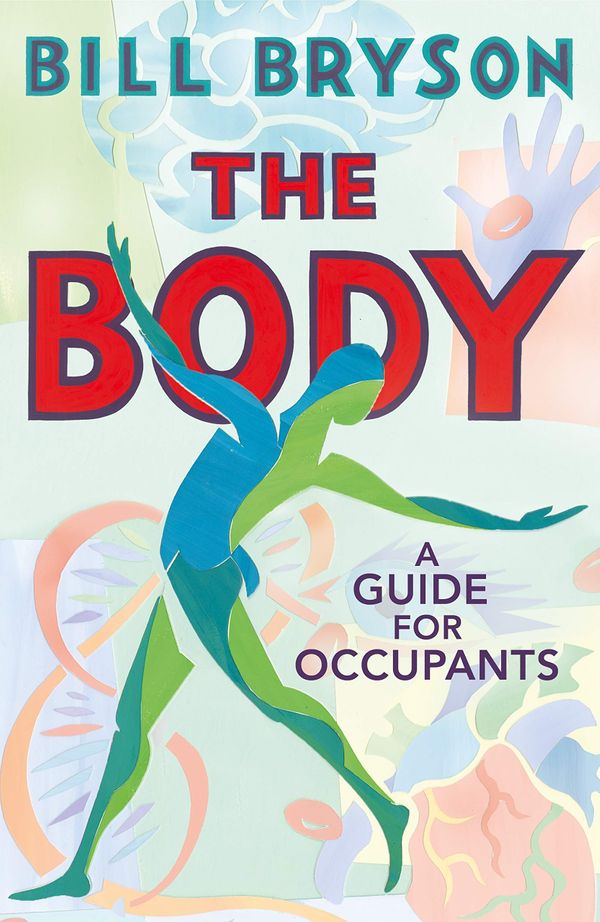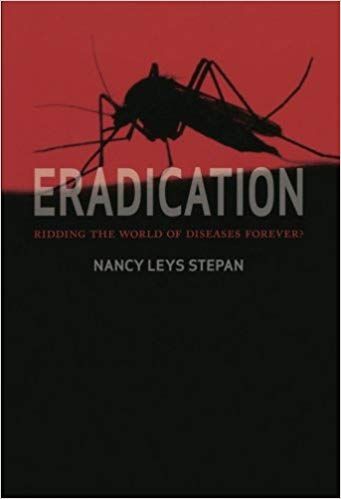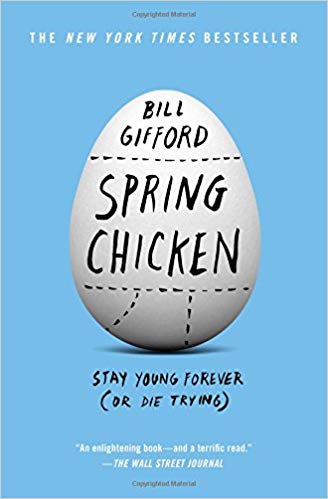By Bill Bryson (2019)
Pages: 450, Final verdict: Should-read
In the early 2000s I remember seeing an odd book at the front store of a bookshop. Its unusual title - A Short History of Nearly Everything - caught my attention. It told the story of the world (starting with the Universe) using words anyone could understand, with a humour that was irreverent for a science book. I loved it. It was my introduction to Bill Bryson.
So, when his last book came out in 2019, I couldn't wait to read it. This time, he chose to write about the human body. What we're made of, how it works, the history of medicine and everything that it still to be discovered.
We're all pretty weird
In 1902 the Parisien Police was called to an apartment to investigate a murder. The murderer left no clues except for one small finger mark on a window. Alphonse Bertillon was called on the scene. He had invented a system to identify repeat offenders, which combined a photograph of the criminal, several body measurements that Bertillon discovered did not change with age (inc. fingerprinting). Bertillon used that fingerprint to identify the criminal, gaining world fame in the process.
The human body is a remarkable system. Almost 99% of our mass is made up of only six elements: oxygen, carbon, hydrogen, nitrogen, calcium, and phosphorus. Together, they form people who live, walk, feel and think differently. Those elements make up a body that constantly predicts what the world will look like one-fifth of a second from now, so that what you see makes up for the processing lag in your brain. But that same body can also give you phantom limb syndrome, where people feel sensations- often pain - in limbs that have been removed. It is a place where 100 trillion microbes live (thats 100 followed by 12 zeros), but where one nasty outsider can kill you. In short, our body is a weird, wonderful place.
Bryson was inspired to write the book after discovering he was born with only one kidney. After being reassured by his doctor that his condition was not that abnormal - about 1% of people live happily with one kidney - he realised he had "no idea what goes on inside me".
The length of all your blood vessels would take you two and a half times around the Earth. - Bill Bryson
The book reads like an encyclopedia of the human body. Each chapter is devoted to body parts - the brain, head, the guts - or to one of the many systems that affect how we live - sleep, diseases, food, the immune system. Inside, Bryson employs a mix of (often mind-blowing) facts, the current state of the field, and series of historical anecdotes of its most important discoveries. In the process it busts a few myths, including that we only use 10% of your brain (we don't, we use it all), or that we have more microbes inside us than cells.
The most remarkable part of all is your DNA. You have a metre of it packed into every cell, and so many cells that if you formed all the DNA in your body into a single fine strand it would stretch ten billion miles, to beyond Pluto.8 Think of it: there is enough of you to leave the solar system. - Bill Bryson
From ignorance to enlightenment
One thing that is clear reading this book is just how much of modern medicine was discovered in the 100 years that span from 1850 to the end of World War II. Prior to that, we had little understanding of what went on beneath our skin or how to safely operate on the body. The first successful open-heart surgery (1893), discovery of X-rays (1895) and finding that washing hands with disinfectant lowered the spread on infection (1847) are all testimonials to how recent progress is.
Particularly inspiring are the stories of the brave doctors and patients who risked their lives in the name of progress. One story that stuck with me is that of Dr. Werner Forßmann, who in 1929 inserted a catheter into a vein of his arm up to his heart to prove his hypothesis that a catheter could be safely deployed to deliver drugs, inject dyes and more. The procedure revolutionised heart surgery, and deservedly gave him the Nobel Prize of Medicine in 1956.
But there was also a darker side to progress. In war times, as in WWII in German and Japanese prison camps, Bryson recounts how prisoners were subject to gruesome experiments simply to test the limits of our bodies - including being kept outdoors naked in freezing weather for up to 14 hours to determine if people could survive.
There is a lot packed into those 450 pages. Bryson really dove into the history of medicine, met with the experts and even attended a human discectomy. And in its final chapters, Bryson turns his attention to our current lifestyle, state of our medical institutions and the stark differences - in costs and success - healthcare has worldwide.
Bottom line
The Body: A Guide for Occupants does not disappoint. In true Bryson's style, the book has a perfect content to entertainment ratio. It is witty, funny and full of engaging stories that teach you about the inner workings of our miraculous body.
There are a few chapters where the story feels slightly disjointed, caused by what I assume was Bryson's attempt to cram as much knowledge as he could into a digestible book.
In the end, I can promise you this: read the book and you'll leave fascinated by how weird your body is, with a newfound appreciation for how it works, surprised by how much is still unexplained, and equipped with an arsenal of entertaining stories to share during your next (virtual) dinner parties.



